 It’s been a particularly brutal summer here in California. Between the extended record-breaking heat waves and the raging wildfires, I’ve never been more excited for autumn. After weeks of dark, apocalyptic-orange haze, our blue skies have finally reemerged. We can see the hills again, the raining flecks of ash have all blown away, and the landscape that has survived the peril is showing subtle signs of transition. I have a newfound gratitude for these simple gifts that I so recently took for granted. Nature is a beautiful thing - fragile and resilient all at the same time. It is pure joy to see a smokeless sky again, and these autumn panel cookies (with their beautifully blue background) are the perfect way to celebrate.
It’s been a particularly brutal summer here in California. Between the extended record-breaking heat waves and the raging wildfires, I’ve never been more excited for autumn. After weeks of dark, apocalyptic-orange haze, our blue skies have finally reemerged. We can see the hills again, the raining flecks of ash have all blown away, and the landscape that has survived the peril is showing subtle signs of transition. I have a newfound gratitude for these simple gifts that I so recently took for granted. Nature is a beautiful thing - fragile and resilient all at the same time. It is pure joy to see a smokeless sky again, and these autumn panel cookies (with their beautifully blue background) are the perfect way to celebrate.
Supplies:
- 4 (7 x 2 1/4-in/17.8 x 5.7-cm) rectangle cookies, flooded with light blue royal icing (AmeriColor: 7 parts Teal/2 parts Electric Blue/1 part Regal Purple)
- Additional royal icing (I used AmeriColor gel paste to color the icing):
- Medium stiff-consistency* dark taupe (1 part Chocolate Brown/1 part Super Black)
- Medium stiff-consistency* light taupe (Add uncolored icing to the dark taupe icing above.)
- Flooding-consistency yellow (1 part Lemon Yellow/1 part Ivory)
- Stiff-consistency orange (2 parts Orange/1 part Warm Brown/1 part Ivory)
- Stiff-consistency brown (Chocolate Brown)
- Stiff-consistency dark red (3 parts Super Red/1 part Electric Purple)
- Stiff-consistency green (1 part Gold/1 part Leaf Green)
- Tips: PME #2, 1, 0 (or equivalents)
- Small palette knife or offset spatula
- Small flat angled paint brush
- Wind-Blown Leaves Design Template (See “Files” in “Attachments” at the end of this post.)
- Tiny liner paint brush
- Brown gel paste coloring (undiluted)
*Note on consistency: Medium stiff-consistency icing should be about the consistency of toothpaste.
Step 1: Pipe and texture tree
a. On one rectangle cookie, pipe a vertical line for the left edge of the tree (omit the small branches for now) with medium stiff-consistency dark taupe royal icing and a PME #2 tip (or equivalent). Use a small palette knife (or offset spatula) to spread the icing. Hold the palette knife (or offset spatula) with the tip facing away from you and slightly angled so that the left side edge is closer to the cookie. Angling the palette knife (or offset spatula) in this way will guide the icing to the right as you pull the palette knife downward, maintaining a straighter edge along the left side of the tree.
b. Repeat Step 1a for the right side of the tree. This time angle the palette knife (or offset spatula) so that the right side is closer to the cookie.
c. Add a line of icing to the area between the left and right sides. Angle the palette knife in either direction to guide the icing to fill the empty space. Try to maintain a fair amount of texture and depth so that the icing emulates bark. Continue adding more icing to the interior and texturing it with the palette knife (or offset spatula) until the interior is completely filled in.
d. Pipe lines of icing for the small branches and texture them with the tip of the palette knife, being careful not to widen the lines of icing excessively. (If using an offset spatula, you may find it easier to texture these areas with a flat paint brush to better control the width of the branches.)
e. To highlight the bark, add a short, wavering line of light taupe royal icing with a PME #1 tip (or equivalent). Texture this icing, as before, using the palette knife (or offset spatula). Add a few more scattered highlights.
Step 2: Pipe leaves and add brush embroidery details
a. Project the Wind-Blown Leaves Design Template (located in “Files” at the end of this post) on to the three remaining rectangle cookies. Pipe the leaf shapes with flooding-consistency yellow royal icing and a PME #1 tip (or equivalent). Try not to overfill the leaves, even if it means there are some noticeably shallow areas. (This is one time that you don’t want puffy icing.) Allow the icing to dry completely. In the meantime, prepare pastry bags of stiff-consistency orange, brown, dark red, and green royal icing, each with a PME #1 tip (or equivalent).
b. Pipe a line around one of the lobes of the first leaf with orange icing. Immediately, dip a small flat angled paint brush into a cup of water and remove the excess water by running the brush over the rim of the cup. Align the angle of the paint brush with the edge of the leaf, and brush the icing down toward the stem of the leaf. For more control, you can also rotate the brush to use just the pointed tip to guide the icing toward the stem. Repeat this brush embroidery technique around the entire perimeter of the first leaf.
c. Add a few dark sections of brown icing around the perimeter of the leaf (on top of the orange icing). As before, use the paint brush to brush the brown icing toward the stem.
d. Use the same process to decorate the next leaf. Begin the brush embroidery with orange icing. Then, add red icing to a few areas. Next, apply and brush-embroider a very small amount of brown icing.
e. Continue with the next leaf. Apply green icing to one lobe, and use the damp paint brush to add the brush embroidery effect. Add brush-embroidered areas of orange, red, and brown icing.
f. For the fourth leaf, use just orange, red, and brown icing.
[EDITOR'S NOTE: When I asked @Aproned Artist why her leaves looked like they were casting shadows even though directly piped on the cookies, she posited, "I think it's just a pleasant side effect from the brush embroidery. As you add more layers of color, the edges essentially get taller, creating more shadow." Pleasant, indeed! I love the unexpected dimensional effect! ~JMU]
g. For the final leaf, use only orange and brown icing.
h. Add the stems of the leaves with stiff-consistency brown royal icing and a PME #0 tip (or equivalent).
i. Paint the veins of the leaves with a tiny liner paint brush and undiluted brown gel paste coloring.
j. Pipe the curled sections of the leaves with flooding-consistency yellow royal icing and a PME #1 tip (or equivalent). Allow the icing to dry completely.
k. Brush-embroider each curled section with the corresponding icing colors so that it matches the rest of the leaf. Apply the icing to the edge of the curled leaf lobes and brush the icing toward the underside of the leaf.
Finished! It will still be a few weeks before the season really sets in here, but these cookies have me longing for the crisp autumn days ahead.


Samantha Yacovetta began cookie decorating in 2013. While working at a local bakery, Samantha became captivated by cookie art when a customer requested princess-themed cookies. Attracted initially to the precision of cookie decorating, Samantha soon found that the limitless design opportunities turned it into her artistic passion. Samantha began regularly stocking the bakery case with decorated cookies and for several years sold cookies through her own company, Aproned Artist, a cottage food operation. Having retired from the business life, Samantha now enjoys making cookies just for fun from her home in San Jose, California, USA. To learn more about Samantha, please check out her Cookie Connection portfolio, her Facebook page, and her past Every Little Detail tutorials here.
Photo and cookie credits: Samantha Yacovetta
Note: Every Little Detail with Aproned Artist is a monthly Cookie Connection blog feature written by Samantha Yacovetta focused on the special little details that make big statements in cookie design. This article expresses the views of the author, and not necessarily those of this site, its owners, its administrators, or its employees. To read all of Samantha's past Every Little Detail tutorials, click here. And to see all of Cookie Connection's tutorials, click here.


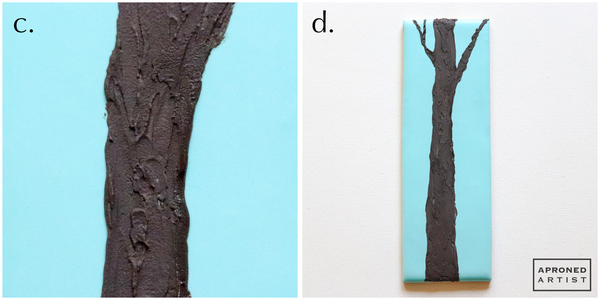
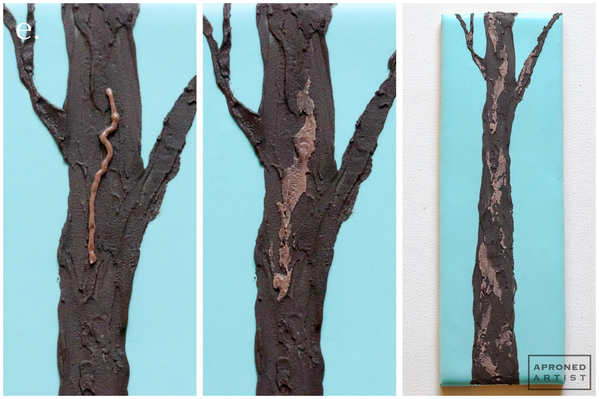
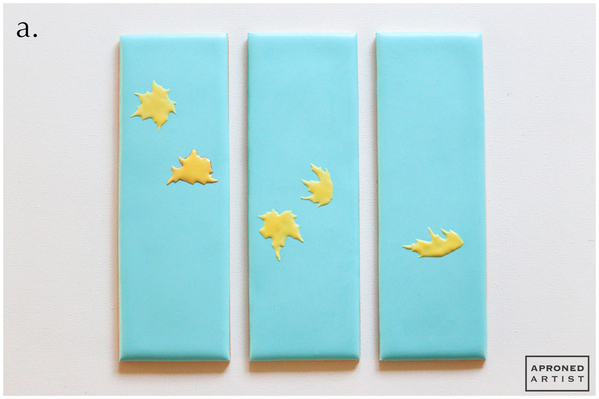
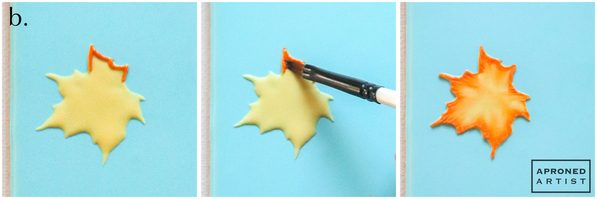



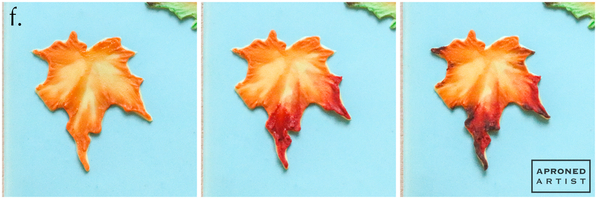
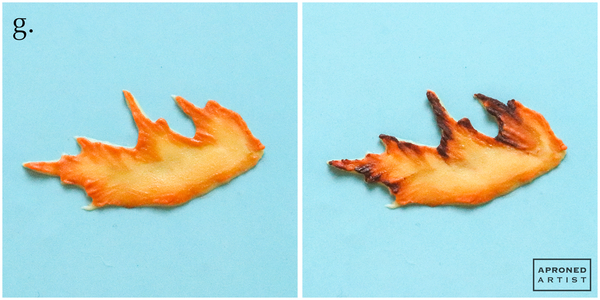
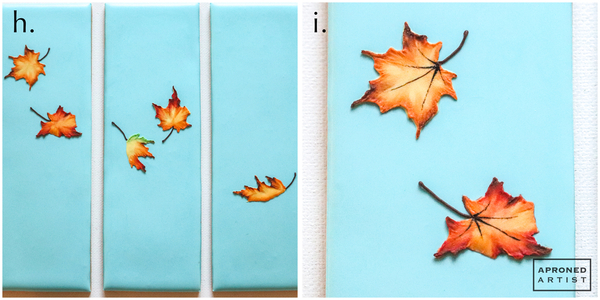
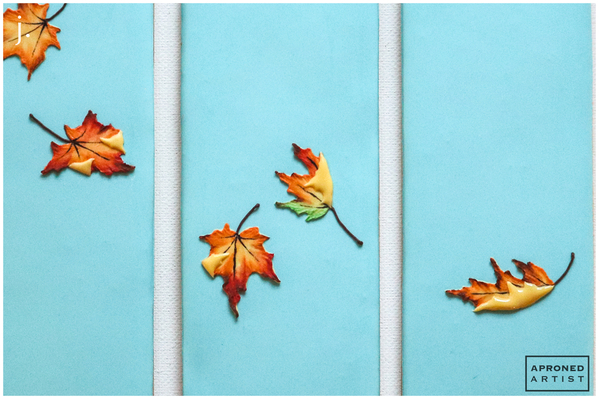




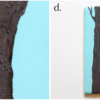


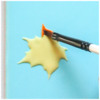
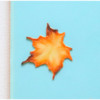
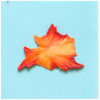
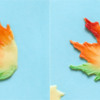

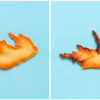
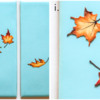

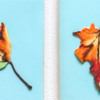

Comments (24)